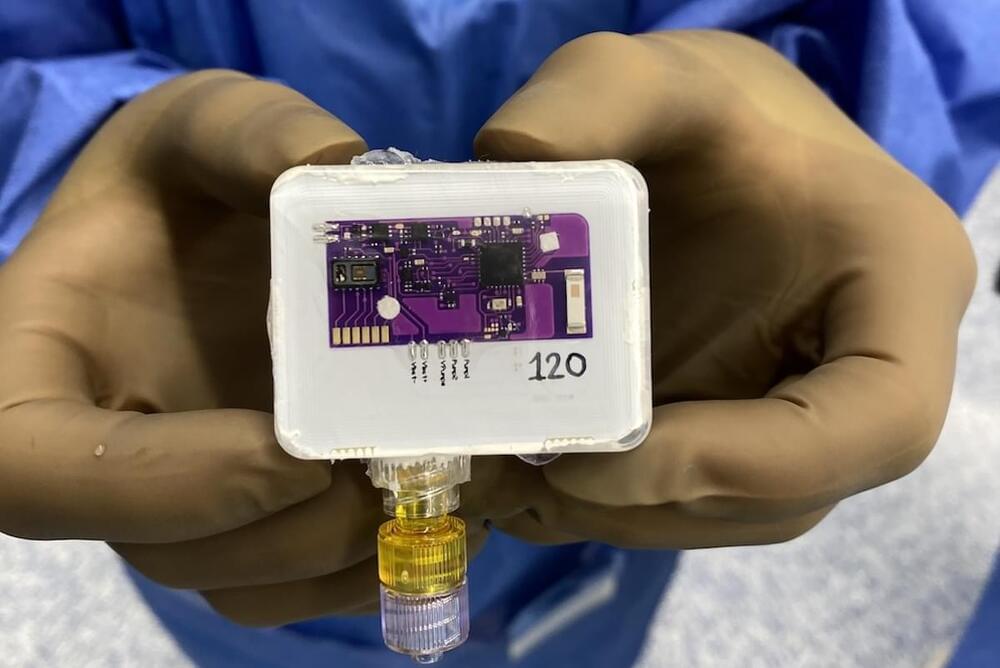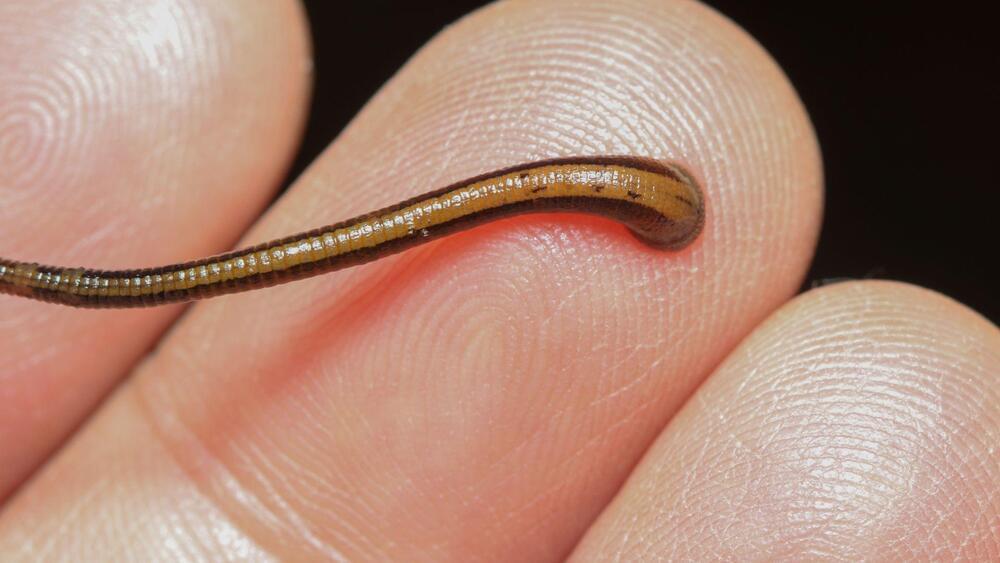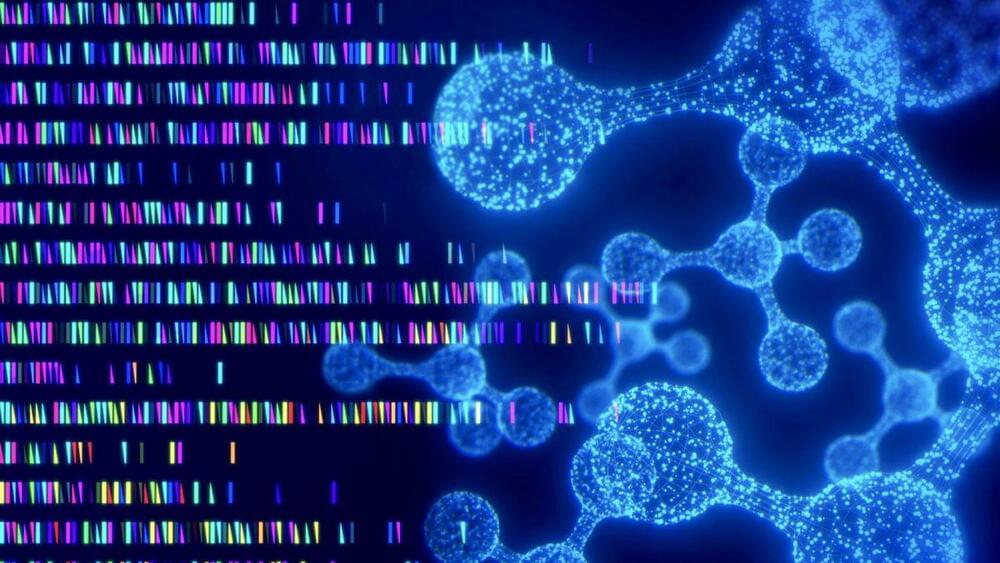Proteins in people’s blood could be used to find and even one day prevent cancers, according to the team behind two of our latest studies.



Lung cancer is among the leading causes of cancer-related deaths globally, and one of its most prevalent and distressing symptoms is a persistent cough. It’s a startling reality that lung cancer can remain asymptomatic for far too long, with a cough being one of the first indications of its presence.
Among the myriad of symptoms attributed to lung cancer, coughing bears a significance difficult to understate. Here, we outline the basic features of a cough caused by lung cancer.

A team of scientists led by Northwestern Medicine investigators has created an implant capable of reversing an opioid overdose, according to findings published in Science Advances.
More than 100,000 people died from an opioid overdose in 2022, according to data collected by the Centers for Disease Control and Prevention. Synthetic opioid drugs including fentanyl have accelerated the rise in overdose deaths in the U.S. and are responsible for roughly 70 percent of all overdose deaths.
Although naloxone, sold as an over-the-counter nasal spray or injectable, can reverse an overdose, administering the medication requires a knowledgeable bystander, limiting its lifesaving potential.


Researchers at the National Institutes of Health (NIH) and their collaborators have discovered a new way in which RAS genes, which are commonly mutated in cancer, may drive tumor growth beyond their well-known role in signaling at the cell surface.
Mutant RAS, they found, helps to kick off a series of events involving the transport of specific nuclear proteins that lead to uncontrolled tumor growth, according to a study published November 11, 2024, in Nature Cancer.
RAS genes are the second most frequently mutated genes in cancer, and mutant RAS proteins are key drivers of some of the deadliest cancers, including nearly all pancreatic cancers, half of colorectal cancers, and one-third of lung cancers.

Microorganisms—bacteria, viruses and other tiny life forms—may drive biological variation in visible life as much, if not more, than genetic mutations, creating new lineages and even new species of animals and plants, according to Seth Bordenstein, director of Penn State’s One Health Microbiome Center, professor of biology and entomology, and the Dorothy Foehr Huck and J. Lloyd Huck Endowed Chair in Microbiome Sciences.
Bordenstein and 21 other scientists from around the world published a paper in Science, summarizing research that they said drives a deeper understanding of biological variation by uniting life’s seen and unseen realms.
The authors explained that this newly described concept—holobiont biology —underpins a multidisciplinary and holistic understanding of how life’s forms and functions, from human disease to agricultural output, depend upon the relationships between microorganisms and their hosts. Penn State News spoke with Bordenstein about the paper and the emerging field of holobiont biology.

A patient’s own blood could be used to help create a material potentially capable of repairing their broken bones, new research suggests.
Scientists have transformed blood into a substance which successfully repaired bones in animals, paving the way for personalised 3D-printed implants.
They suggest the new material has the potential to create regenerative blood products that could be used as effective therapies to treat injury and disease.


Summary: New research has revealed the diverse assembly and regulation of Type-A GABA receptors (GABAARs), which are crucial for balancing brain activity. Using cryogenic electron microscopy, researchers identified over 324,000 potential receptor structures, shaped by subunit combinations and their relative arrangement.
These variations influence receptor function, drug binding, and the brain’s response to stressors like pregnancy or chronic drug use. The findings pave the way for targeted therapies that enhance receptor-specific functions without inducing tolerance or dependence.